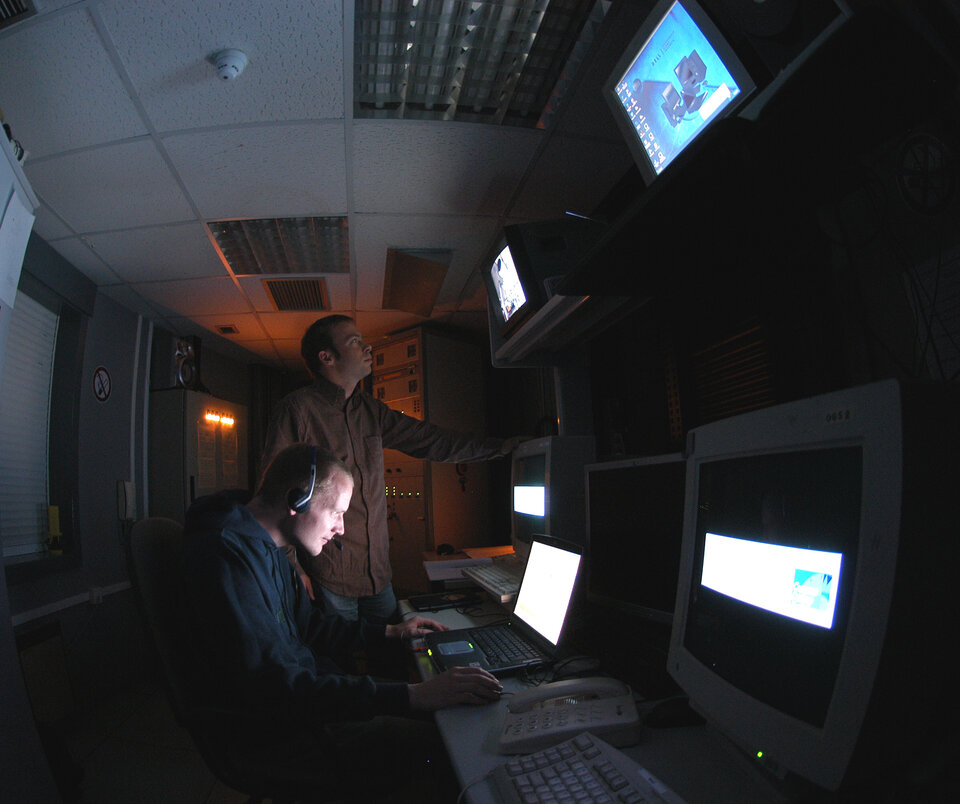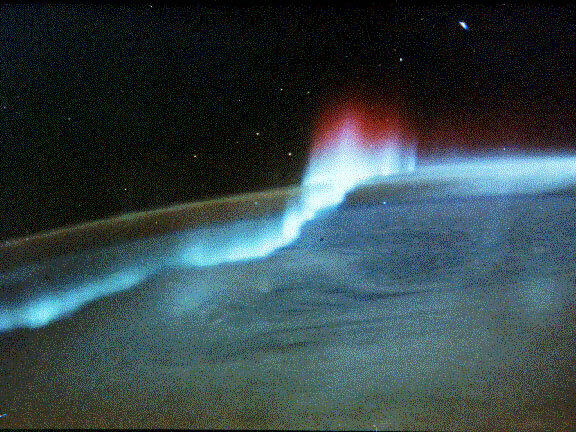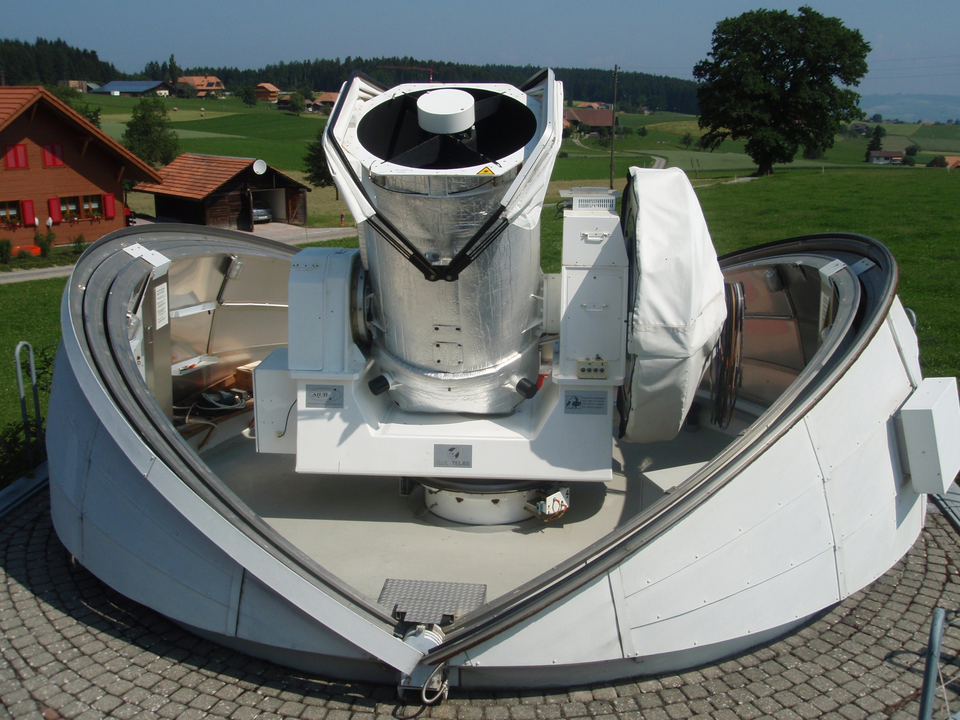Two Member States join SSA programme
Luxembourg and Finland are the two latest participants in ESA's new Space Situational Awareness programme, bringing the total number of subscribing Member States to 13.
ESA received formal notification from both the Luxembourg and Finland national delegations that they will subscribe to the Space Situational Awareness Preparatory Programme (SSA-PP). Subsequently, at the 5th SSA Programme Board meeting held 28 May, their participation was unanimously agreed.
The countries' decision to take part in SSA-PP is a strong boost to the Programme and will provide a formal framework through which their existing national assets can be federated into the overall SSA system.
Europe watches for hazards

Under the SSA Programme, Europe is preparing to develop the capability to watch for objects and natural phenomena that can be hazardous to satellites in orbit or facilities - such as power grids - on the ground.
To achieve this, the SSA Programme is focusing on three main areas:
SST: Space Surveillance and Tracking of objects in Earth orbit
Watching and warning for active and inactive satellites, discarded launch stages and fragmentation debris that orbit Earth.SWE: Space Weather
Monitoring conditions at the Sun, in the solar wind, and in Earth's magnetosphere, ionosphere and thermosphere that can affect spaceborne and ground-based infrastructure or endanger human life or health.-
NEOs: Near-Earth Objects
Detecting natural objects that can potentially impact Earth and cause damage.
All participating Member States contribute to the Programme's core element (which includes the SSA architecture development, governance, data policy, security and the Space Surveillance and Tracking Segment), while the space weather element including NEO activities, the radar element (prototype system development) and the pilot data centres element are optional.
Finland has also opted to join in the discretionary space weather element.
Wide range of SSA customers

SSA services will ultimately be used by a wide range of customers, including institutional and commercial entities such as:
- European governments (EU, national, regional)
- European space agencies
- Spacecraft operators: commercial, academic and governmental
- Academic and research institutions
- Space insurance and space industry
- Energy industry, including surveying, electricity grid operators, electrical power suppliers
- Network operators, telecommunication operators, radar system operators, space weather service providers, etc.
- European and other air traffic control and navigation service providers
- European and international rescue and disaster-response authorities
- UN and other international bodies
- Defence sector/defence security
Participating Member States
To date, the following ESA Member States have chosen to participate in SSA-PP:
- Austria
- Belgium
- Finland
- France
- Germany
- Greece
- Italy
- Luxembourg
- Norway
- Portugal
- Spain
- Switzerland
- United Kingdom
The SSA Preparatory Programme was authorised at the ESA Ministerial Council meeting in November 2008.

The Preparatory Programme is running from 2009 to 2011/12 and is focusing on governance, data policy, technical requirements and the architecture of a future full European SSA capability.
Based on the results of the SSA Preparatory Programme, a proposal for the full programme will be submitted for approval by ESA Member States at the next Ministerial Council meeting, to cover 2012-19.
Since ESA's creation in 1975, the Agency has provided an effective framework through which Member States can invest in space, coordinating the efforts and financial contributions of national members, industry, operators, scientists and research centres. This has enabled Europe to play a key role in space exploration and facing global challenges.
Editor's note:
The images in this article show some of the existing European infrastructure that may be federated into the overall SSA system in support of debris tracking, NEO detection and space weather observation. More information: http://www.esa.int/ssa


